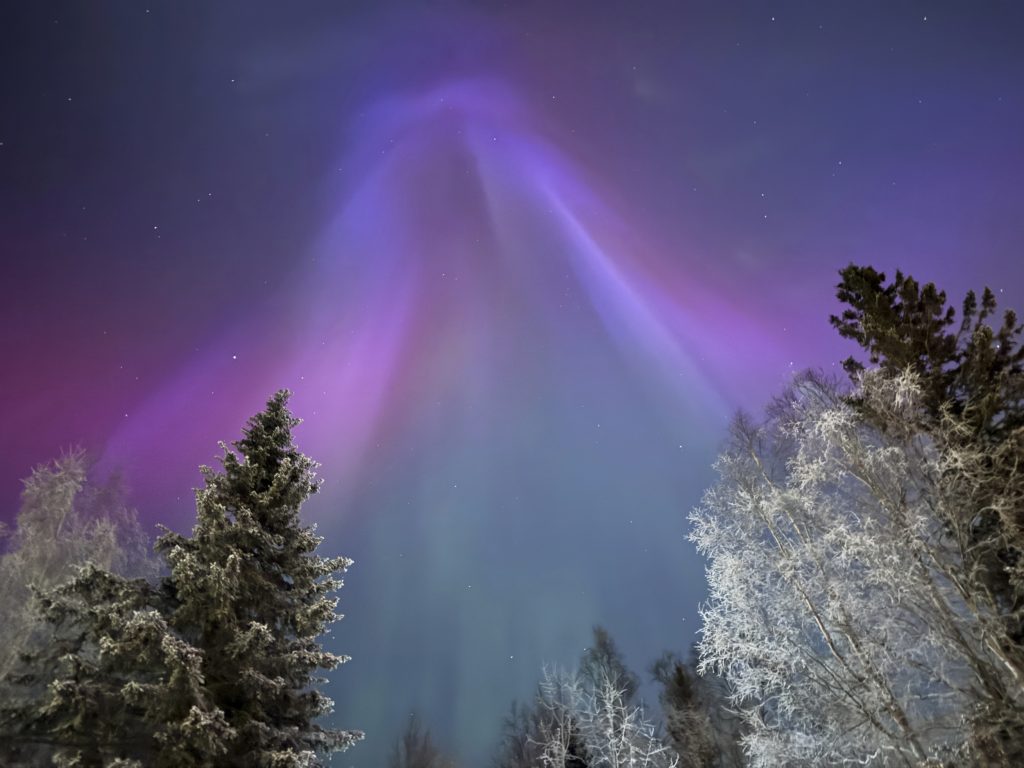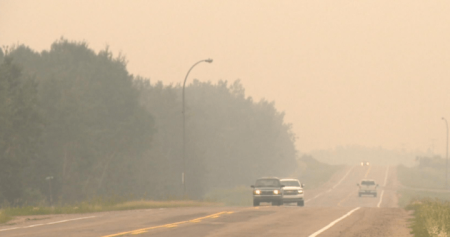Summary 1: Overview of Northern Lights and Prediction
The Northern lights, also known as the Northern Aurora or aurora borealis, are natural astronomical phenomena observed from space. These events occur when charged particles from the sun interact with Earth’s magnetic fields, funneling energy toward the magnetic poles and illuminating the sky. Typically, these phenomena are visible during strange meteor showers and occur approximately once every 50 years.AURA prediction is based on NASA’s Space Weather Prediction Center, which uses data from the sun’s interactions with charged particles to forecast where and when these events will be visible. In the United States, particularly for the Northern Hemisphere, observers at locations within the low-to-medium range of the prediction’s view line can expect to see Constant Bright auroras around 8:33 p.m. to 9:20 p.m. Eastern Time on Tuesday and Wednesday. This overview highlights the predictability of these astrophysical events and their widespread occurrence, making them a popular subject of observation for astronomers and enthusiasts alike.
Summary 2: Scientists’ Insights and Factors for Visibility
According to science, most people in North America can observe Constant Bright auroras. These events, particularly from locations in the contiguous United States, can occur even before sunrise or after sunset, making them accessible to observers. Common sites for viewing include areas like Minnesota, Plains of Mars, allergiesman’s Katie line, and Alaska’s_MORE (Magneto-F生产线) sites. However, access becomes limited in more remote areas to avoid excessive light pollution. Factors such as visibility, safety, and云集 effects (frequency of sky lights arriving near the observer) influence whether a place is ideal for viewing. Despite these challenges, the auroras continue to captivate enthusiasts, offering a fascinating glimpse into the dynamic interactions between the Sun and Earth.










